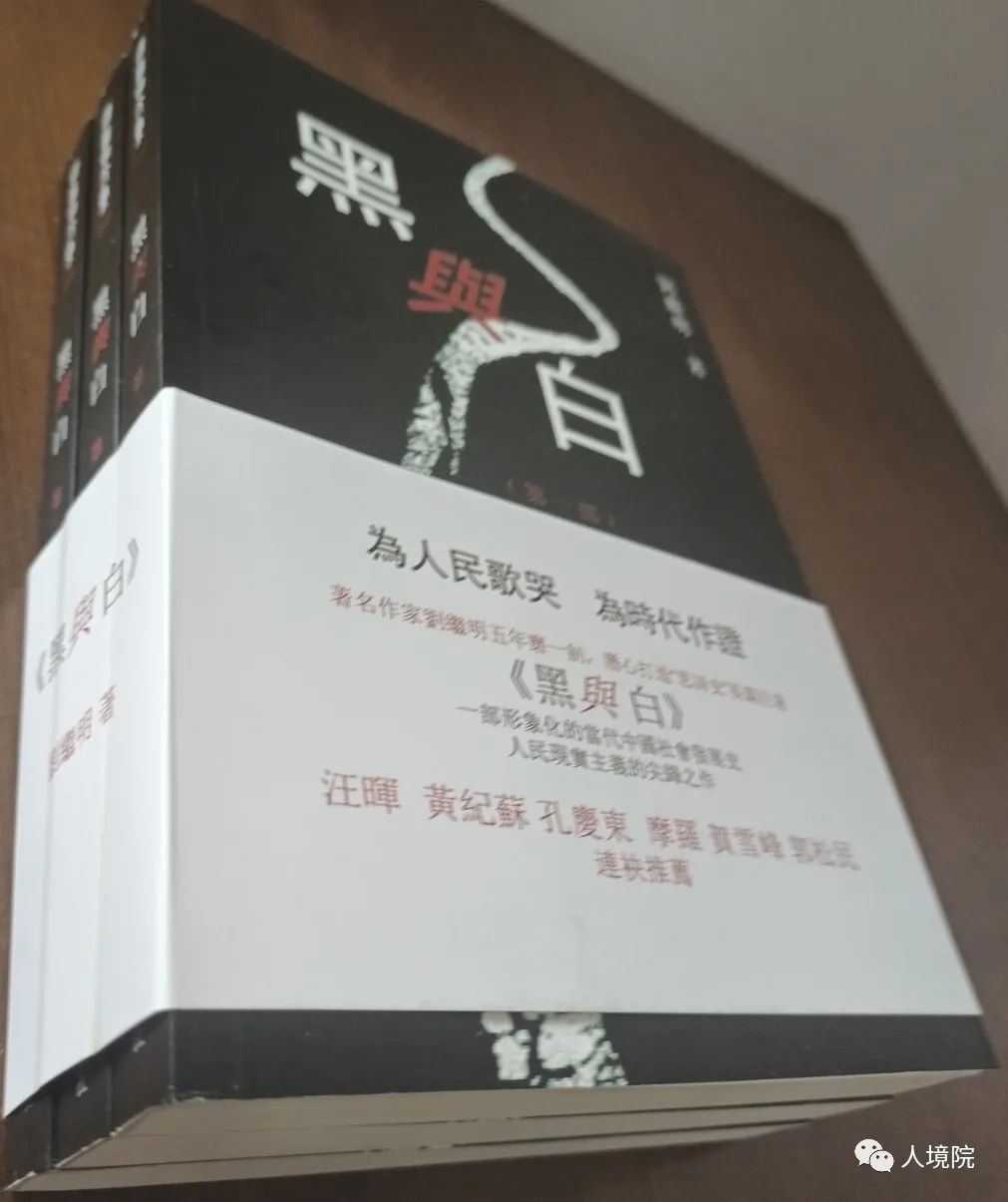十八年的冤獄與七十年的冤獄;十八歲的冤魂與十四歲的冤魂
黎陽
2014.12.19.
據(jù)美國合眾國際社12月17日報道,美國史上年齡最小的死刑犯在施刑70年后被宣布無罪。(見附錄)
這則消息在國內幾乎毫無反應,好象根本不存在。
跟國內正大肆炒作的呼格吉勒圖冤案一對比,美國的這個冤案是典型的有過之而無不及:都是冤案,都是少數(shù)民族;一個是十八年的冤案,一個是七十年的冤案;一個是十八歲的冤魂,一個是十四歲的冤魂(創(chuàng)造了美國歷史紀錄);一個是61天后處決,一個是81天后處決;一個是“中國司法體制”下的冤案,一個是“美國司法體制”下的冤案——陪審團一致裁決有罪……
這兩個冤案幾乎同時捅上了媒體,為什么文人“公知”對一個對熱火朝天而對另一個視而不見?如果當真平反冤案,那至少得一視同仁,同樣重視,為什么避重就輕只說中國的?
國內文人“公知”“法律黨”們不是非常痛恨冤案嗎?不是正在借呼格吉勒圖冤案大喊大叫“反思冤案”、“司法獨立”、“律師把關”、“法律人必須擁有至高無上的權力”、“嚴究錯案責任”、“司法改革”、“目前制度,律師如何辯,幾乎不影響結局”、接二連三“頂層設計”“去冤策”嗎?如果他們的“法律至上”、義憤填膺、錘胸頓足、悲天憫人等等都是真的,那豈能對如此轟動的冤案無動于衷?
說白了還是“醉翁之意不在酒”,國內文人“公知”“法律黨”們炒作呼格吉勒圖冤案不是為了當真防止冤案,而是為了借機奪權,借一個冤案全盤否定一切,制造出“中國所有審判都是冤案”的假象,這樣才能得出必須全盤推翻,必須確立“法律人至高無上的權力”的結論。而美國這個例子卻證明“法律人至高無上的權力”的體制照樣出冤案,而且比中國文人“公知”“法律人”大肆炒作的冤案更冤——這讓中國的文人“公知”“法律黨”們情何以堪?當然只好裝聾作啞,視而不見。
2014年中不乏對比強烈充滿諷刺的事——這邊正罵香港警察對“占中”港鬧發(fā)射幾十顆催淚彈是“野蠻執(zhí)法”,那邊馬上來了個鮮明對比——看美國警察是如何對付抗議警察打死人的游行示威的;這邊正拿呼格吉勒圖十八年十八歲的冤案大做文章,那邊馬上來了個更邪乎的:七十年十四歲的冤案……文人“公知”炒作什么,就出現(xiàn)什么專打你嘴巴的事實:難道老天專門跟文人“公知”過不去?真的到了“天怒人怨”的地步?
*********************
附錄:美國年齡最小死刑犯70年后獲平反
http://site.6park.com/bolun/index.php?app=forum&act=threadview&tid=14222045
送交者:博論絞肉機[♀☆魔王來了☆♀]于2014-12-18
據(jù)美國合眾國際社12月17日報道,美國史上年齡最小的死刑犯在施刑70年后被宣布無罪。黑人男孩小喬治•史丁尼(GeorgeStinneyJr.)70年前在南卡羅來納州被以謀殺兩名小女孩的罪名被處死,坐上電椅時他年僅14歲。
巡回法院法官卡門•馬倫(CarmenMullen)發(fā)現(xiàn)該案件“系統(tǒng)性地違背了正當法律程序”,70年前,該案件的審理過程僅僅持續(xù)一天,并且陪審團全都是白人。在今年1月的一次聽證會上,該法官稱,她不能確定小喬治•史丁尼是否有罪,只能判斷他經(jīng)歷的法律程序是否公平,“該案件對正當法律程序的褻瀆嚴重影響了判決結果”。
小喬治•史丁尼是美國年齡最小的死刑犯。由于個子不高,電椅必須墊上書本才能把他綁住。并且,在謀殺案發(fā)生后的81天內他就被匆匆送上了電椅。
給小喬治•史丁尼定罪的唯一一份證據(jù)是警方提供的供詞,這份供詞是小喬治被連續(xù)審問數(shù)小時,并且他的父母和律師都不在場的情況下作出的。這份用于定罪的供詞也沒有呈庭的書面記錄,并且小喬治否認了這份供詞。庭審的時候小喬治的父母也不在場,因為有人威脅要動用私刑處死他們。
被害的兩個女孩在事發(fā)前曾詢問小喬治和他的姐姐哪里可以找到西番蓮花。她們的尸體后來在水溝中被發(fā)現(xiàn)。
***********************
華盛頓郵報報道:
Judge throws out teen’s murder conviction 70 years after his execution
http://www.washingtonpost.com/news/post-nation/wp/2014/12/17/judge-throws-out-teens-murder-conviction-70-years-after-his-execution/
By Sarah Larimer December 17 at 6:39 PM
George Stinney Jr. appears in an undated police booking photo. (Courtesy of the South Carolina Department of Archives and History via Reuters)
When George Stinney Jr. was executed for the killings of two white girls in 1944, he was so small that the straps of South Carolina’s electric chair didn’t fit him properly, and he had to sit on a book for his electrocution.
Stinney was just 14 years old at the time and became the youngest person put to death in the United States in the 20th century. But Wednesday, 70 years after the fact, Circuit Judge Carmen Mullen tossed out his conviction, which was reached after a trial that didn’t even last a full day and was never appealed. As the Associated Press noted, it took Mullen “nearly four times as long to issue her ruling as it took in 1944 to go from arrest to execution.”
“I can think of no greater injustice,” Mullen wrote in her 29-page order, the AP reported.
Stinney, who was black, was arrested for the beating deaths of two young girls in the segregated town of Alcolu. There wasn’t any physical evidence linking him the crimes, and he wasn’t allowed to see his parents after he was apprehended.
“Given the particularized circumstances of Stinney’s case, I find by a preponderance of the evidence standard, that a violation of the Defendant’s procedural due process rights tainted his prosecution,” Mullen wrote in her decision, according to CNN.
From the AP:
Stinney’s case has long been whispered in civil rights circles in South Carolina as an example of how a black person could be railroaded by a justice system during the Jim Crow era where the investigators, prosecutors and juries were all white.
The case received renewed attention because of a crusade by textile inspector and school board member George Frierson. Armed with a binder full of newspaper articles and other evidence, he and a law firm believed the teen represented everything that was wrong with South Carolina during the era of segregation.
“It was obviously a long shot but one we thought was worth taking,” said attorney Matt Burgess, whose firm argued that Stinney should get a new trial.
Earlier this year, Stinney’s sister told the Guardian: “I never went back [to Alcolu]. I curse that place. It was the destruction of my family and the killing of my brother.”
***************************
CNN報道:
Judge tosses conviction of George Stinney, executed at 14
http://www.cnn.com/2014/12/17/us/george-stinney-ruling/
By Dana Ford and and Eliott C. McLaughlin, CNN
updated 7:57 AM EST, Thu December 18, 2014
(CNN) -- A judge has vacated the conviction of a 14-year-old boy who was executed for allegedly killing two girls some 70 years ago in South Carolina.
The judgment against George Stinney, the youngest person to be executed by an American state since the 1800s, effectively exonerates the boy, said family attorney Matt Burgess.
A black teen in the Jim Crow South, Stinney was accused of murdering two white girls, ages 7 and 11, as they hunted for wildflowers in Alcolu, about 50 miles southeast of Columbia.
Stinney, according to police, confessed to the crime.
No witness or evidence that might vindicate him was presented during a trial that was over in fewer than three hours. An all-white jury convicted him in a flash, 10 minutes.
"Given the particularized circumstances of Stinney's case, I find by a preponderance of the evidence standard, that a violation of the Defendant's procedural due process rights tainted his prosecution," wrote Circuit Judge Carmen Tevis Mullen in her decision, dated Tuesday.
She said that sentencing a 14-year-old to the death penalty constitutes cruel and unusual punishment.
Earlier this year, attorneys for Stinney's family had asked for a new trial, saying the boy's confession was coerced and that Stinney had an alibi, his sister, Amie Ruffner, who claims she was with Stinney when the murders occurred.
Ruffner, Stinney's sister, told CNN affiliate WLTX that she and Stinney saw Betty June Binnicker, 11, and Mary Emma Thames, 7, the day they died. Stinney and Ruffner were tending to their family's near some railroad tracks close to their home.
"They said, 'Could you tell us where we could find some maypops?' " Ruffner recalled. "We said, 'No,' and they went on about their business."
The girls were found the next day in a water-logged ditch with injuries to their head. Mary had a 2-inch laceration above her right eyebrow and a vertical laceration over her left, according to a 1944 medical examiners' report.
Ruffner told WLTX, police took Stinney and another of her brothers away in handcuffs while their parents were not at home. One brother was released, she said, while Stinney faced police questioning without his parents or a lawyer.
The police "were looking for someone to blame it on, so they used my brother as a scapegoat," Ruffner said.
相關文章
「 支持烏有之鄉(xiāng)!」
您的打賞將用于網(wǎng)站日常運行與維護。
幫助我們辦好網(wǎng)站,宣傳紅色文化!
歡迎掃描下方二維碼,訂閱烏有之鄉(xiāng)網(wǎng)刊微信公眾號






